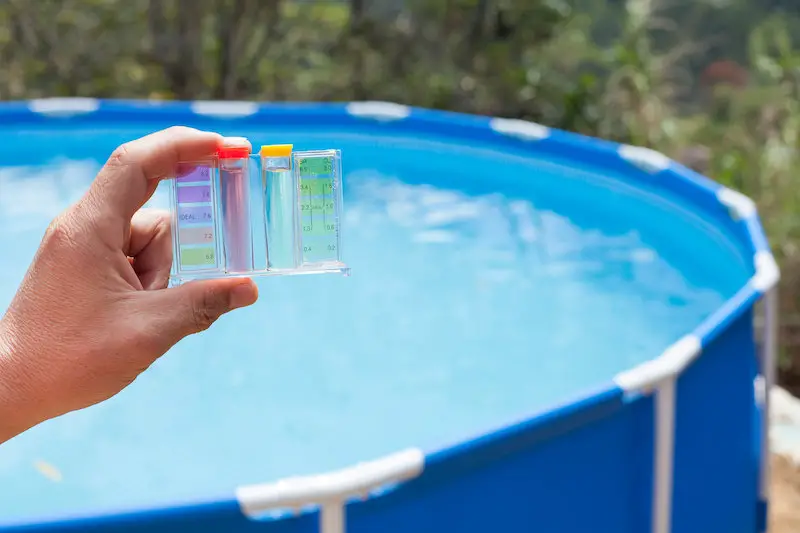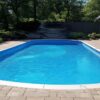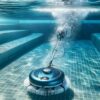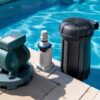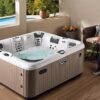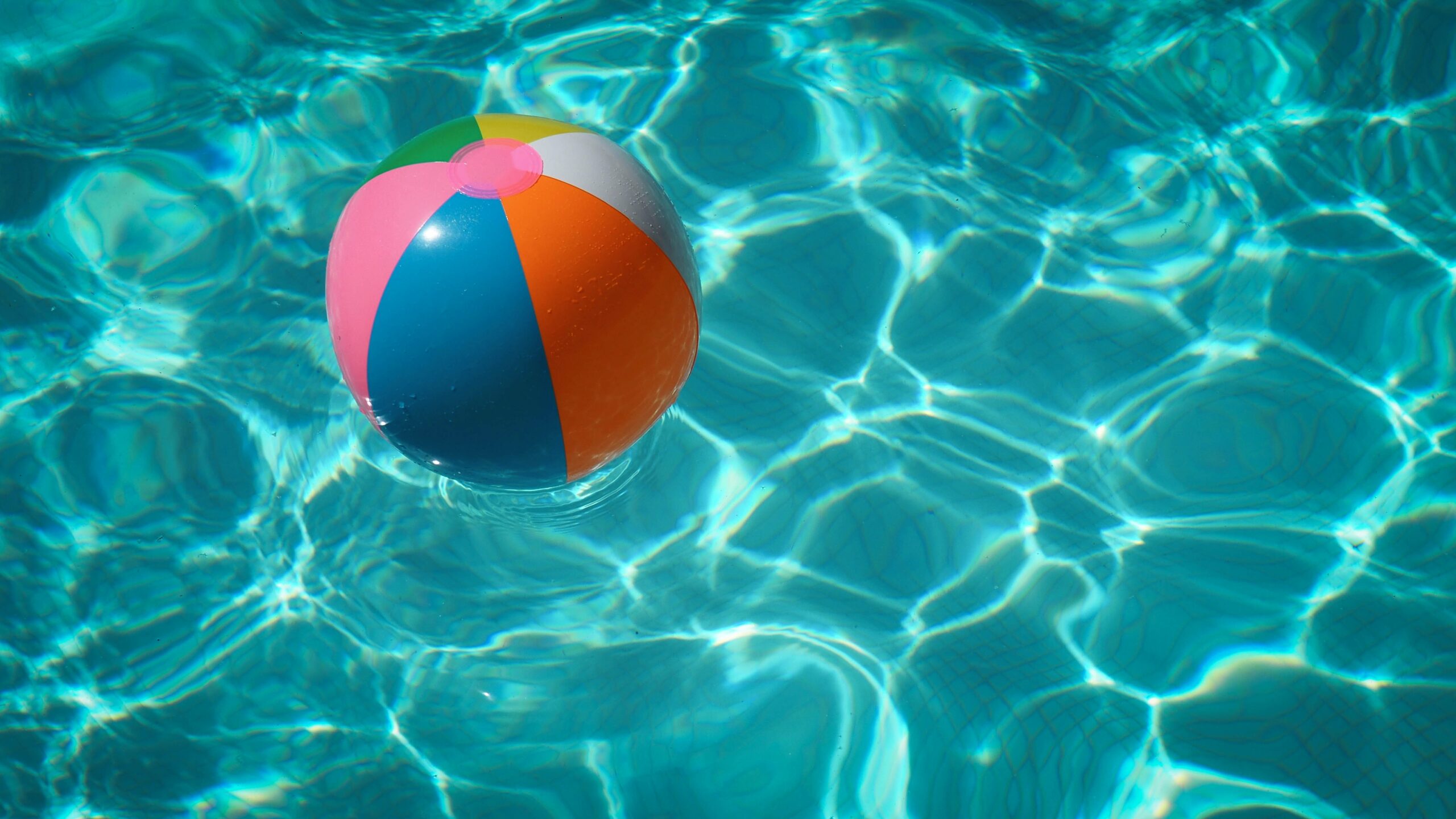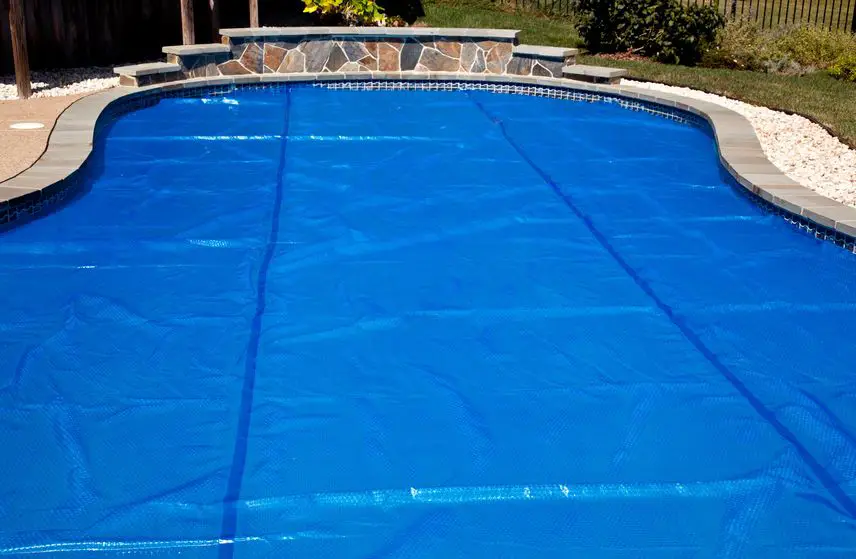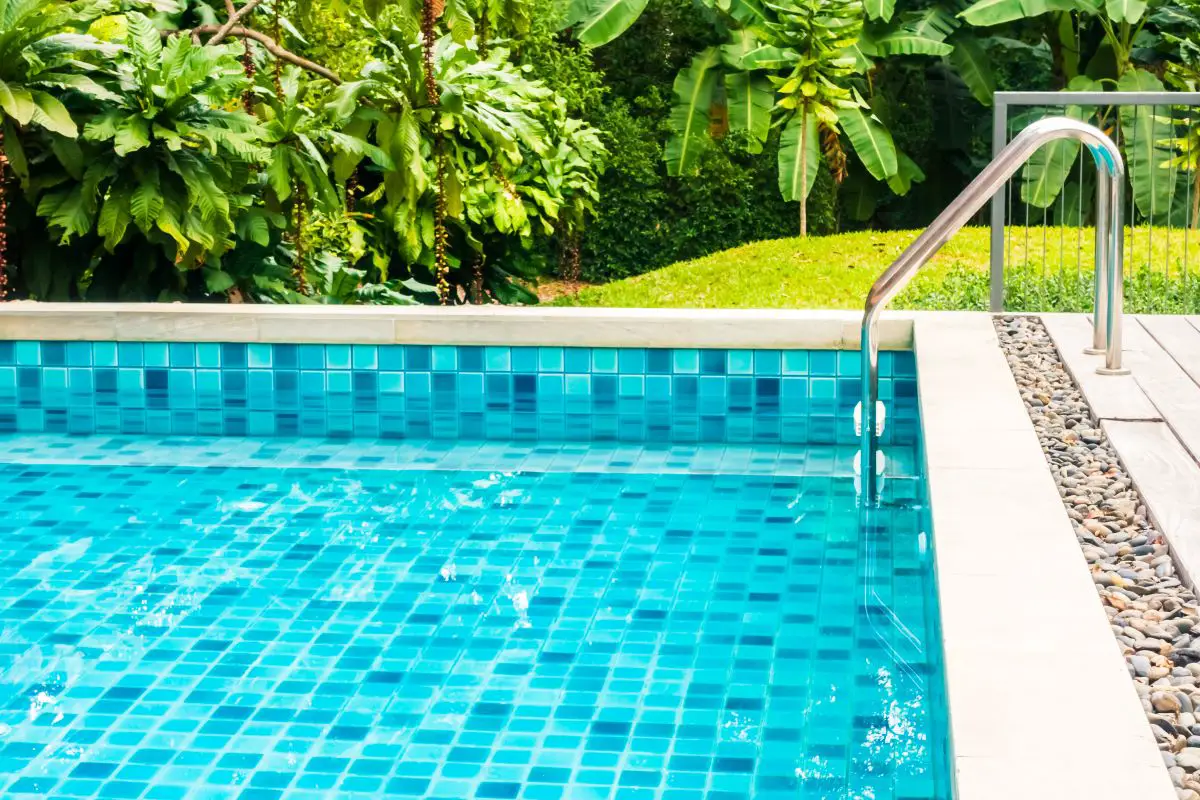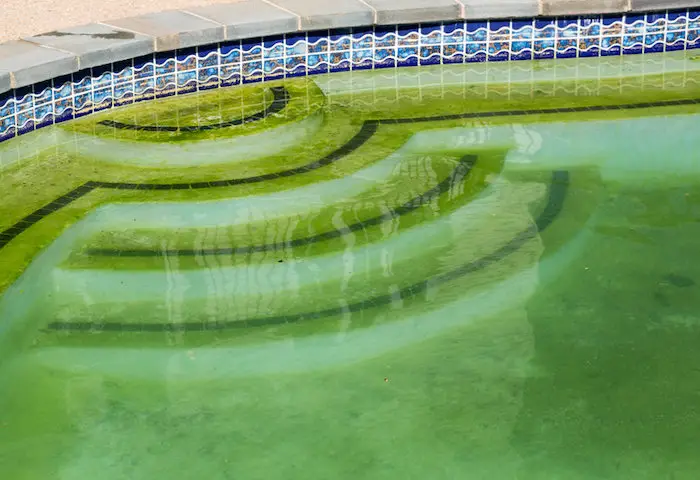Is Your Pool’s pH Important?
Pool pH balance is vital. If the pH of your pool is incorrect, many problems can arise. You want to make sure that you are consistently checking your pool’s pH so you aren’t having to go back and fix the damage done by incorrect pH levels.
So, how important is pool pH balance? Many pool owners don’t fully understand pool pH or the importance of keeping the pH balance in their swimming pools. The pH is one of the most important measurements for determining the sanitization efficiency of your swimming pool.
Keep reading to learn more about why balancing the pH of your pool is so important as well as tips for keeping your pool’s pH level in check!
What Does pH Mean?
pH or Potential Hydrogen is the measure of acidity or alkalinity that indicates how corrosive a substance is to a metal such as silver, gold, and platinum. In chemistry, pH stands for the power of hydrogen (potential hydrogen) and is a scale used to specify the acidity or alkalinity of an aqueous solution. A low pH reading means that the solution is acidic, while a high reading means it is alkaline.
With respect to swimming pools, pH balance simply refers to measuring and adjusting your water’s chemistry. The ‘pH’ scale ranges from 0-14, with 7 being neutral. Above this number, the solution is alkaline, and below it is acid.
In swimming pool terms it refers to how acidic or alkaline your water is. You need just the right about acidity to keep the pool clean, but you don’t want it to go overboard and start eroding your swimming pool and all that is in it.
Where Should Your Pool’s pH Balance Be?
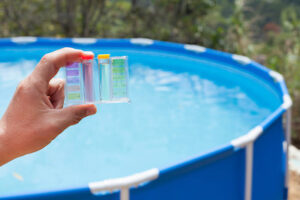 Your pool’s Ph level should be between 7.2-7.6. Anything too much lower or higher from that can cause issues.
Your pool’s Ph level should be between 7.2-7.6. Anything too much lower or higher from that can cause issues.
pH values below 7 will cause damage to plaster surfaces and filters. The lower the pH value goes, the faster this damage occurs.
At a pH value of 6 or below, your pool will be cloudy and difficult to manage. It will also start a chemical cycle in your pool which is known as the chlorine demand cycle. This causes stains, green water, algae growth, and more damage to come from chemical imbalances.
If your pool’s pH value reaches 8 or above, you’ll have issues with scaling metal surfaces such as ladders and slides. The metal will also corrode and rust much faster.
When the pH is balanced at 7, you’ll have clean clear water with no staining or clouding. You won’t have any issues with maintaining chlorine levels either as the chemicals that would cause cloudy water or stains won’t be present in your pool.
It’s a good idea to check your pH balance at least once a month and before and after every use. If you don’t know how to adjust the ph levels, call a professional as it may be dangerous for an amateur to attempt such adjustments.
How to Keep Your Pool pH Balance In Check
A well-maintained pool is a well-used pool. If you want your pool to be a place for relaxation and enjoyment, you must be able to properly care for it! Here are some tips on how to maintain a pool:
Regularly Test pH Balance
pH balance is important because if the levels aren’t correct, it can cause damage to certain surfaces in your pool. If you have a chlorine-based system for your pool then you should be testing the pH twice a week.
Start Early
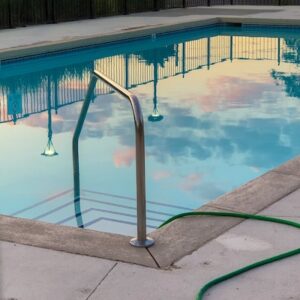 It’s easiest to maintain the desired pH balance when the water has just been added. If you allow the water to sit for at least 24 hours, you’re more likely to get accurate results when testing.
It’s easiest to maintain the desired pH balance when the water has just been added. If you allow the water to sit for at least 24 hours, you’re more likely to get accurate results when testing.
Maintain Your Saltwater System
If you have a chlorine-based system and want to switch to a saltwater system, make sure that you make this change gradually over several days. It can take longer than 5 days to properly adjust the water’s pH balance.
Ensure Your Pump is Running
What happens when you turn off your pool’s filter system? That’s right, the pump stops working!
Make sure that you’ve taken care of getting your pool ready for cold weather before turning off this system in the winter. This includes draining any excess water, removing any non-water-related debris, and protecting the plumbing from freezing.
Clean Your Filter System Regularly
It’s a good idea to clean out the filter system every spring before you start up the pool for summer. Doing so will remove any dirt or algae buildups that have accumulated over winter!
If you have a sand filter system, you should clean it out at least once a month. If you have a cartridge filter system, do the same but replace the media that’s in there and then double-check that everything fits properly.
Close Your Pool for Winter
Over time, leaves and debris can accumulate and ruin your pool’s plumbing system if they’re not taken care of properly. If you live in an area where these are common, think about starting your pool up later so that everything has a chance to settle before you have to open it back up again.
Maintain the Right pH Balance
As I explained earlier, you want your water’s pH balance to be at 7.2-7.6 – too high or too low can cause problems for your pool. A good way to test the pH is to use a pH meter which you can purchase at a local hardware store.
Purchase a Winter Cover
A lot of people think that they don’t need one, but aside from preventing any damage to your plumbing system or other pool equipment, it’ll also protect your pool during the winter. If you don’t use a cover and your pool freezes, there’s a good chance that it’ll crack or become damaged.
How to Test Your Pool pH Balance
1) Make sure you have a pH testing kit. Check the back of one of your bottles of chlorine or bromine and you will see a ratio of how much chlorine or bromine you should add to your pool for each pH level.
For example, if the back of your bottle says that you should maintain a 3:1 ratio (3 parts chlorine to 1 part pH up/down), then this means that for every 10 ppm (parts per million) of chlorine in your pool, you should have a total of 3 ppm pH up/down to maintain proper balance.
This is only a rough estimate and it could vary depending on the type of chlorine or bromine you are using. Most granular chemicals will say that for every 10 ppm, add 1 part pH up/down to get a ratio of 3:1. You can also look on the internet or go to a pool store and ask for help with this as well if you need it.
2) Next you will need some pH up (usually supplied in your kit). This is more potent than pH down (which is more readily available). NOTE: pH up and pH down are sold separately. Add a few teaspoons of pH up to your pool and stir it in well.
3) Now test the water’s pH level using your pH testing kit. You can usually do this by putting a small sample into the strip on the testing stick, but if you need more detailed instructions check out your local pool store or look on the internet for more detailed instructions.
4) Take out a pH testing strip and dip it into the water, then check the color. The color should match one of the colors on the back. The color will determine where the pH level is. If it is too acidic or too alkaline then take proper measures to get the water back to the correct range.
4) Be sure to throw away the pH testing strip that you used to test your pool (it will be all discolored). Every time you use it, it loses its accuracy and will give you a lower reading than what your pool has.
Usually, you can buy a kit that costs less than $20 and takes only a few minutes to use. If the pH has gone out of range, proper adjustments should be made as quickly as possible after testing to avoid any damage from occurring.
It’s a good idea to check your pH balance at least once a month and before and after heavy use. If you don’t know how to adjust the pH levels, call a professional as it may be dangerous for an amateur to attempt such adjustments.
In Conclusion
 pH balance in pools is not only for the health of your pool but also the health of the people swimming in your pool. Unhealthy pH levels can cause the water to be unhealthy if it is accidentally digested.
pH balance in pools is not only for the health of your pool but also the health of the people swimming in your pool. Unhealthy pH levels can cause the water to be unhealthy if it is accidentally digested.
In addition, if the water is way off, it can cause skin irritations, especially in children. Make sure to be a responsible pool owner and check your pH balance frequently as well as maintain your pool properly.
There are plenty of professionals out there that are ready and willing to assist with any pool questions or needs you may have. In fact, in many cases, it might be best to call a professional, especially if you are trying to correct your pH levels and are having a hard time.
Having a pool is a blast, but it is a lot of work also! So, take the tips from this article and put in the work – it will be worth it.

